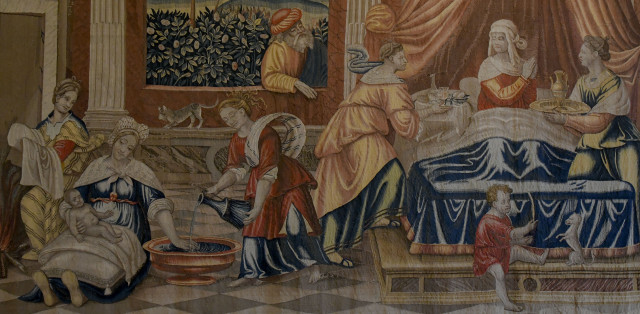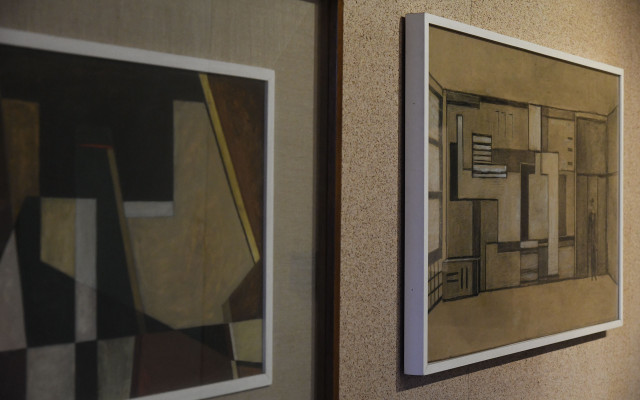Photography by Lorenzo Butti
The collection, which ranges from the Middle Ages to the present day, has been built up through bequests, donations and purchases. It shows off the art of the area, including that of its religious buildings, with also portraiture, landscapes and genre painting, and through to the twentieth-century experimentation linked to futurism, rationalism and design.
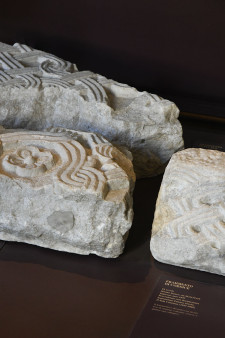
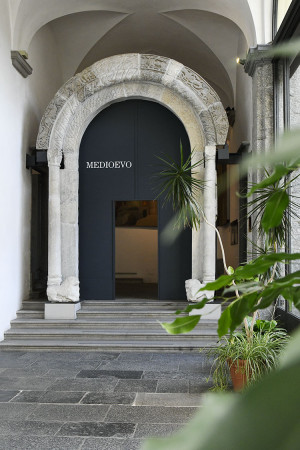
The Medieval section, in the Palazzo’s southern, contains numerous stone pieces dating back to the Carolingian period, from the Basilica of Sant'Abbondio. The section also includes a series of Romanesque and Gothic frescoes and sculptures dating from the late 6th century through to the 14th century. The Renaissance rooms include a collection of portraits of illustrious men by Paolo Giovio, the Como Cathedral building site and other traces of the Renaissance from the Como area. In the Picture Gallery, which offers an overview of the artists active in Como from the 16th to the 19th century, there are large altarpieces from churches that no longer exist. These include two lunettes from the church of the Dominican monastery of San Giovanni in Pedemonte, demolished in 1810: the Fall of the Rebel Angels by Pier Francesco Mazzucchelli, and the Triumph of the Archangel Michael by Carlo Francesco Nuvolone[3]. This section also houses works by Cristoforo Caresana, Giovanni Paolo Ghianda and the Recchi brothers, as well as three paintings by Giovan Pietro Gnocchi.
Two other areas given over to portraits and genre painting display the Portrait of Vespasiano Gonzaga at the age of twenty-eight, which has traditionally been attributed to the Flemish artist Antonio Moro, two vases with floral compositions by Mario Nuzzi and the “Battles” by Antonio Calza. Noteworthy among the works of the 18th century are the Consecration of Cardinal Giuseppe Pozzobonelli in the Basilica of Saints Ambrogio and Carlo al Corso by Giovanni Paolo Panini, the painting “Vulcano” by Pompeo Batoni, the Portrait of a Gentlewoman by Alessandro Magnasco and the Guardian Angel by Pietro Ligari.
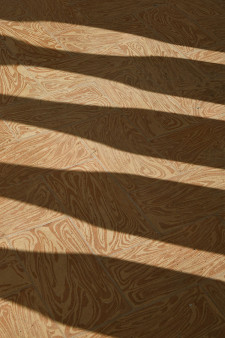
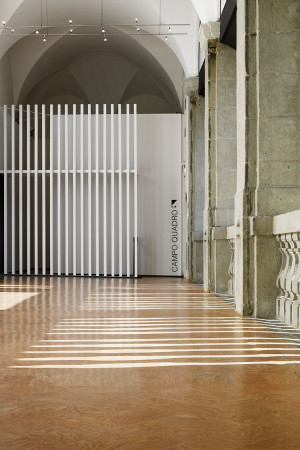
In the section devoted to the twentieth century, there are drawings by the futurist architect Antonio Sant'Elia, Man and his living space by Ico Parisi, and some of the most significant works by the Como abstract artists of the "Gruppo Como", by Mario Radice, Manlio Rho, Aldo Galli, Carla Badiali and Carla Prina. There are two new rooms dedicated to Giuseppe Terragni's Sant'Elia kindergarten, and a newly opened space for Mario Radice and his relationship with the architects Terragni, for the Casa del Fascio, and Cattaneo, for the Carmerlata fountain. The section ends with a selection of contemporary authors and a room with photographs, drawings and furnishings illustrating the genius of Parisi.

